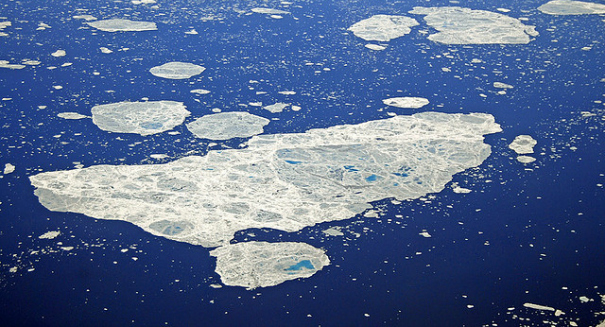
Reports indicate that the annual minimum extent of Arctic sea ice this year is the sixth-lowest in satellite recording era.
A statement released Monday by the National Snow and Ice Data Center (NSIDC) at the University of Colorado, Boulder, reveals that Arctic sea ice reached its likely annual minimum extent on Wednesday, Sept. 17, with a measurement of 5.02 million square kilometers (1.94 million square miles).
According to NSIDC, this measurement marks the sixth lowest minimum extent since satellites started taking measurements of the sea ice in 1979. However, while the measurement was the lowest observed this year, a shift in the wind pattern or a period of late season melting could push the ice extent even lower. This year’s minimum was 16.1 million square kilometers (622,000 square miles) above the recorded lowest minimum extent in the satellite era, which occurred in Sept. 2012.
In a recent statement, NASA reports that the Arctic sea ice melted throughout the summer, back from its maximum extent reached in March. “The summer started off relatively cool, and lacked the big storms or persistent winds that can break up ice and increase melting,” said Walter Meier of NASA’s Goddard Space Flight Center. “Even with a relatively cool year, the ice is so much thinner than it used to be. It’s more susceptible to melting.”
The ice cover this year remained more extensive over both the Barents Sea and the Kara Sea compared to last year, with the most notable observation being the lack of ice north of the Laptev Sea.
“On September 19, the five-day average ice extent surpassed 20 million square kilometers (7.72 million square miles) for the first time in the satellite record,” reported NSIDC. “Ice extent is above average in almost all sections of the Antarctic, particularly in the northern Ross Sea and Indian Ocean sectors. Near-average ice extent occurs south of South America in the northern Bellingshausen Sea and in a small region south of Australia.”
Leave a Reply